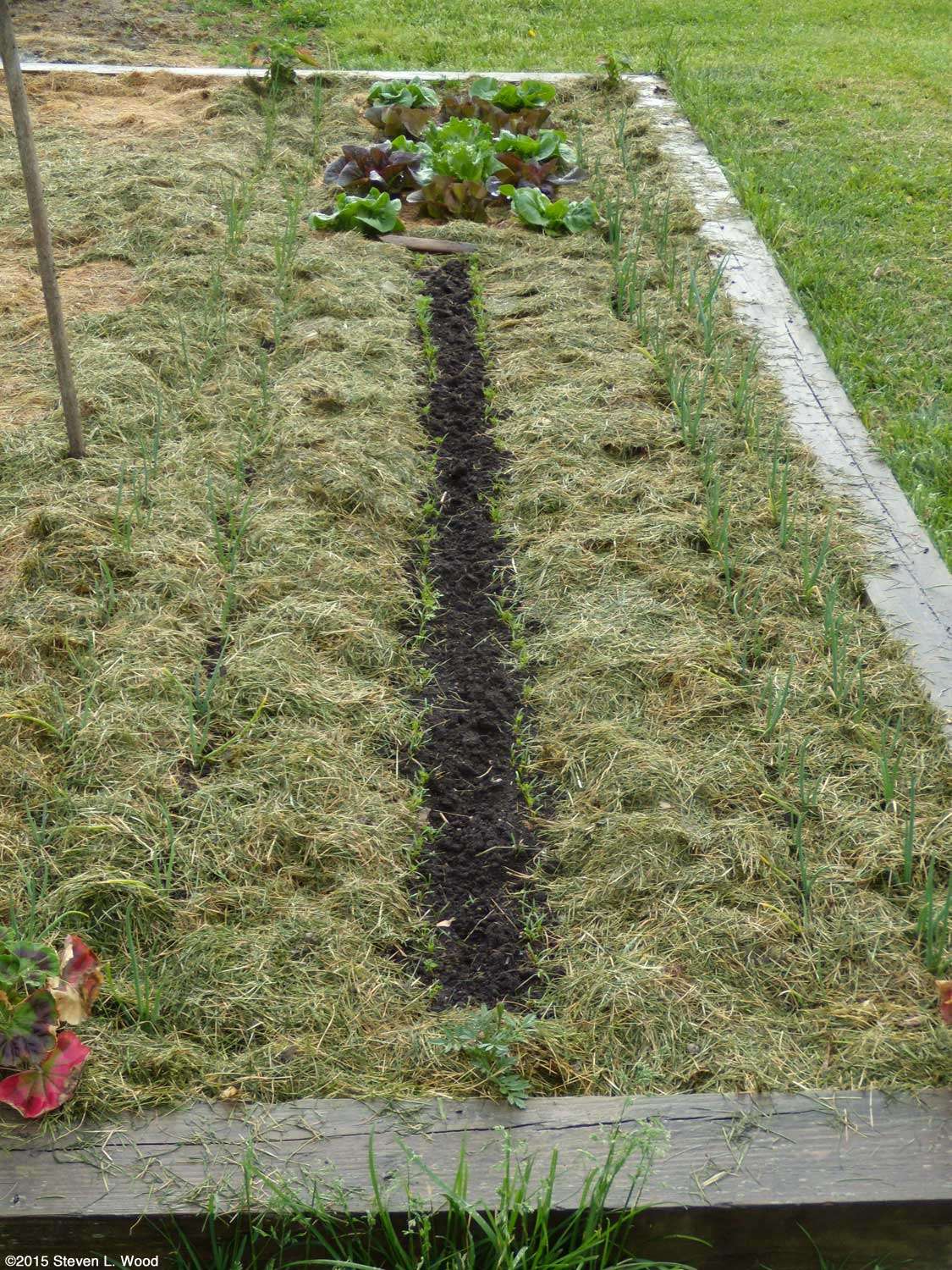If you’re looking for a simple and effective way to nurture your trees, mulching with grass clippings may be just the solution you need. This popular method has gained traction in recent years as a means of providing trees with the nutrients and moisture they need to thrive. By placing grass clippings around the base of the tree, you can help prevent weed growth while also ensuring that the tree receives the essential nutrients it requires. However, it’s important to note that while grass clippings can be beneficial, they should not be placed directly on the stem of the tree, leaving a small gap between the clippings and the trunk. Additionally, you’ll want to be mindful of potential risks, such as attracting pests like slugs, snails, ants, mice, and rats. The use of a slug pesticide can help prevent these unwanted visitors. Remember, balance is key. Too much mulch can harm your trees by promoting fungal growth and attracting anaerobic bacteria. So, regular monitoring and adjustment of the grass clippings is crucial to maintain an appropriate thickness and prevent excessive moisture retention. By following these guidelines, you can enjoy the benefits of mulching with grass clippings while ensuring the health and growth of your trees.
Benefits of Mulching with Grass Clippings
Mulching with grass clippings has gained popularity in recent years as an effective way to provide nutrients and moisture to trees. By utilizing grass clippings as mulch, you can enjoy several benefits that promote healthy tree growth and overall vitality. Let’s take a closer look at the advantages of mulching with grass clippings:
1. Provides Nutrients and Moisture to Trees
Grass clippings, when used as mulch, act as a natural source of nutrients for trees. As the clippings decompose, they release essential nutrients into the soil, enriching it and providing nourishment to the trees. This nutrient-rich mulch helps improve the overall health and vigor of the trees. Additionally, grass clippings help retain moisture in the soil, reducing the need for frequent watering and preventing soil moisture fluctuations that can stress the trees.
2. Prevents Weed Growth
Mulching with grass clippings serves as a natural weed barrier, preventing weed growth around the base of trees. The layer of grass clippings acts as a physical barrier, blocking sunlight from reaching weed seeds and inhibiting their germination. This not only reduces the competition for resources between weeds and trees but also saves you the time and effort of manually removing weeds from the tree’s vicinity.
3. Suppresses Competition for Resources
Grass clippings, when applied as mulch, create a layer that suppresses the growth of competing vegetation. This reduces competition for resources such as water and nutrients, allowing trees to access these vital elements more efficiently. By reducing competition, mulching with grass clippings helps trees thrive by enabling them to have a greater share of available resources necessary for their growth and development.
4. Enhances Soil Structure and Fertility
The decomposition of grass clippings as mulch contributes to the improvement of soil structure and fertility. As the clippings break down, they become incorporated into the soil, adding organic matter that enhances soil structure. This improved structure promotes better aeration and water infiltration, creating a favorable environment for root growth. Furthermore, the organic matter from the grass clippings enhances the fertility of the soil, creating a nutrient-rich environment for tree roots to thrive.
Proper Application of Grass Clippings
To fully harness the benefits of mulching with grass clippings, it is important to apply them correctly. Follow these guidelines to ensure proper application:
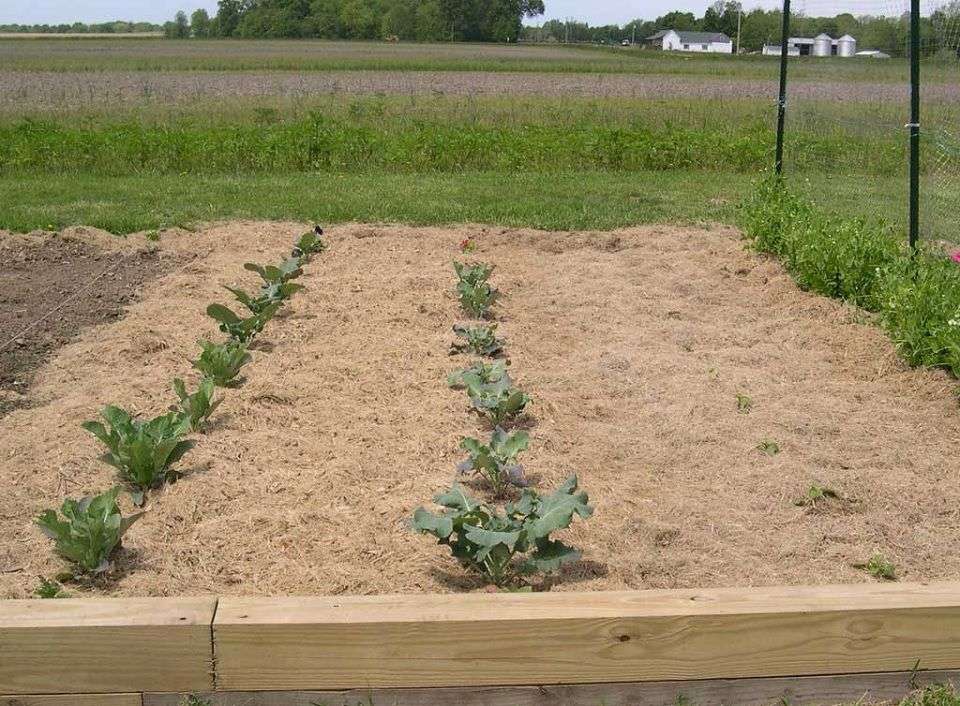
1. Spreading Clippings in a Thin Layer Around the Base of the Tree
When applying grass clippings as mulch, spread them evenly in a thin layer around the base of the tree. A layer of approximately two to three inches is sufficient to provide the desired benefits. Avoid piling the clippings too thickly, as this can lead to issues such as excessive moisture retention and the formation of anaerobic conditions.
2. Avoiding Direct Contact with the Trunk
It is crucial to avoid direct contact between the grass clippings and the trunk of the tree. Placing the clippings directly against the trunk can create a moist environment that promotes fungal growth and can lead to potential damage to the tree. Leave a space of a few inches between the clippings and the trunk to prevent these issues.
3. Creating a Space Between Clippings and Trees
To optimize the effectiveness of grass clippings as mulch, create a space or “mulch-free zone” around the base of the tree. This area should be free of any mulch, including grass clippings. By creating this space, you minimize the risk of pests and diseases reaching the trunk and allow air circulation to promote a healthy environment for the tree.
4. Checking and Adjusting Thickness Periodically
Regularly check the thickness of the grass clippings layer and make adjustments as needed. Over time, the clippings will decompose, and their thickness will decrease. It is important to maintain an appropriate thickness by periodically adding more grass clippings or adjusting the existing layer. This ensures the continued benefits of mulching without any negative consequences from excessive thickness or inadequate coverage.
Precautions and Potential Risks
While mulching with grass clippings offers numerous benefits, it is important to be aware of certain precautions and potential risks. By taking these precautions, you can avoid any potential issues and ensure the health and well-being of your trees:
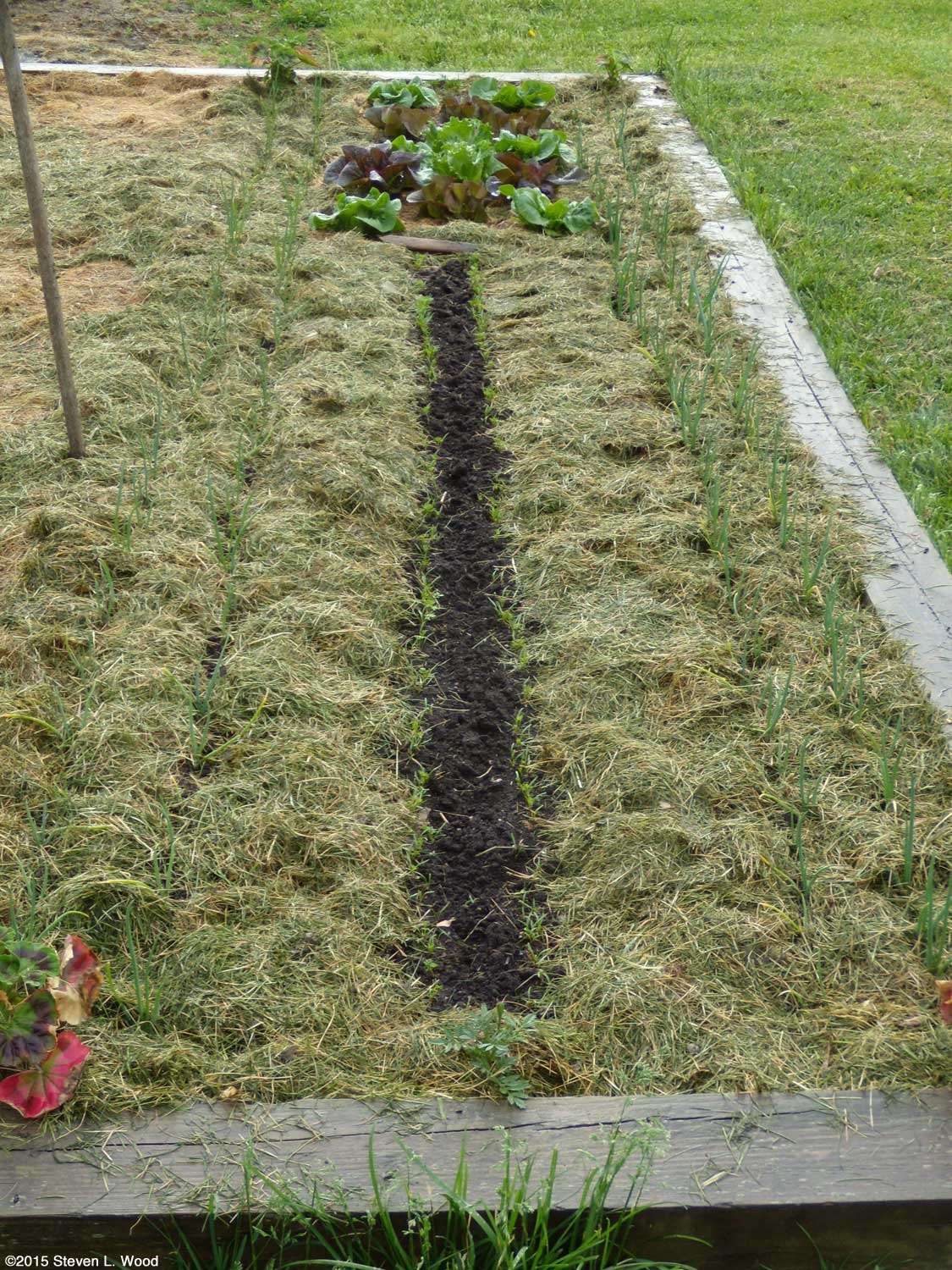
1. Using Slug Pesticides to Prevent Pests
Grass clippings can attract pests such as slugs, snails, ants, and rodents. To prevent an infestation, consider using slug pesticides or other appropriate pest control measures. This helps mitigate the risk of pests being attracted to the grass clippings and potentially causing damage to the trees.
2. Avoiding Excessive Use of Grass Clippings
While grass clippings provide valuable nutrients and moisture, excessive use can harm the trees. Applying a thick layer of grass clippings can promote fungal growth and encourage the proliferation of anaerobic bacteria. To avoid these issues, ensure you apply the clippings in a thin layer as recommended and maintain an appropriate thickness throughout the mulching period.
3. Preventing Fungal Growth and Anaerobic Bacteria
To prevent fungal growth and the development of anaerobic conditions, ensure proper airflow and moisture regulation. Avoid excessive moisture retention by not applying grass clippings too thickly and ensuring proper drainage in the mulched area. Adequate moisture and airflow will help maintain a healthy environment for your trees.
4. Removing Grass Clippings to Avoid Bare Spots
Grass clippings, when left in place for an extended period, can inhibit the growth of other plants in the area. After removing the grass clippings, you may notice bare spots where the grass has suppressed the growth of other vegetation. To prevent this issue, periodically remove the grass clippings and allow the area to recover before reapplying fresh clippings.
The Role of Grass Clippings in Tree Growth
Understanding the role that grass clippings play in tree growth can help you appreciate their importance as mulch. Here are some key ways in which grass clippings contribute to tree growth and overall health:

1. Rapid Breakdown and Release of Essential Nutrients
Grass clippings, due to their high nitrogen content, break down quickly and release essential nutrients into the soil. As the clippings decompose, nitrogen, phosphorus, potassium, and other crucial elements become available for tree roots to absorb. This rapid breakdown and nutrient release promote robust growth, vibrant foliage, and overall tree health.
2. Promotion of Beneficial Microbial Activity
Grass clippings, being organic matter, support the growth of beneficial microorganisms in the soil. These microorganisms, such as bacteria and fungi, play a vital role in decomposing the grass clippings and breaking down organic matter. Their presence enhances nutrient cycling and improves soil structure, creating an environment conducive to healthy tree growth.
3. Retaining Moisture in the Soil
One of the significant benefits of mulching with grass clippings is the retention of moisture in the soil. The layer of clippings acts as a protective barrier, preventing excessive evaporation and helping the soil retain moisture. This is especially beneficial during hot and dry periods when trees may experience water stress. Adequate moisture levels in the soil support healthy root development and optimal tree growth.
4. Improving Overall Tree Health
By providing essential nutrients, promoting beneficial microbial activity, and retaining moisture, grass clippings contribute to the overall health of trees. Well-nourished trees with robust root systems are better equipped to withstand environmental stressors, such as extreme temperatures or drought. Additionally, the enhanced soil structure and fertility resulting from mulching with grass clippings create a favorable growing environment, ultimately benefiting tree health.
Attracting Pests and Managing Risks
While mulching with grass clippings offers numerous benefits, it is essential to be mindful of potential pest issues. Grass clippings can attract various pests that may pose a threat to the health of your trees. Here’s what you need to know about attracting pests and managing associated risks:
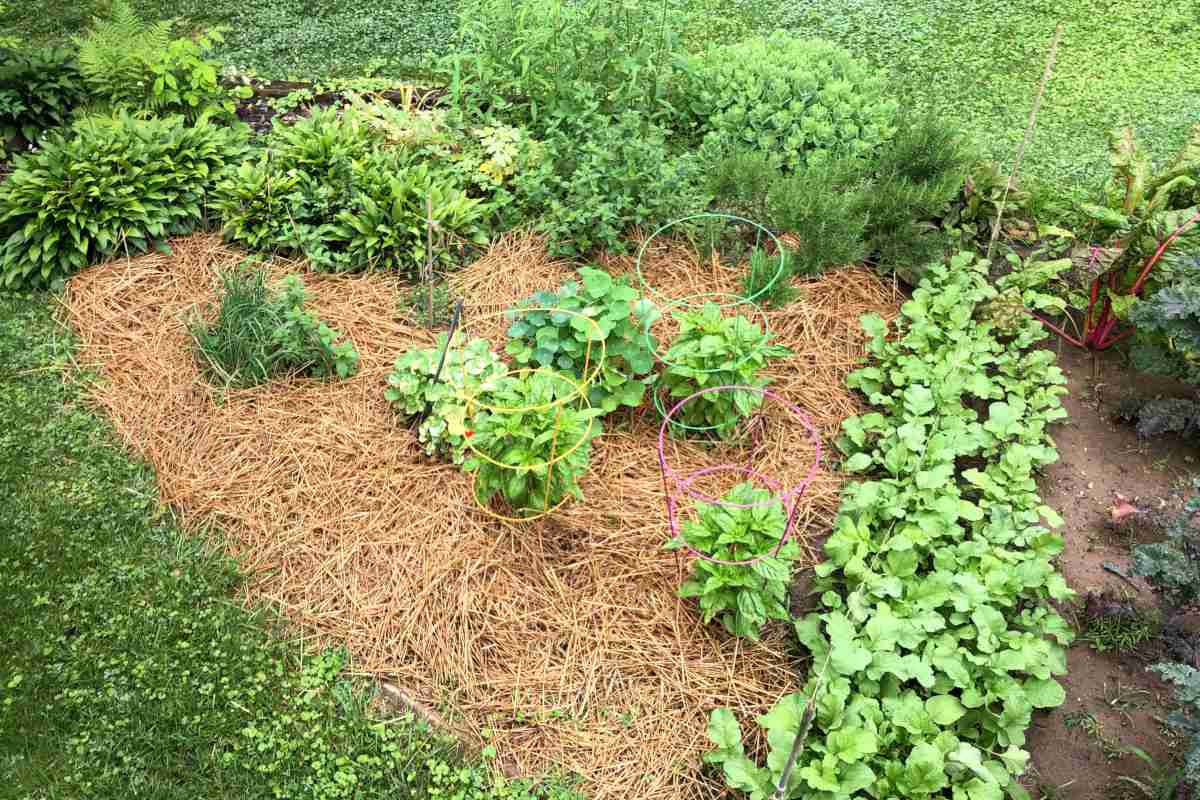
1. Potential Pests Attracted to Grass Clippings
Grass clippings can act as an invitation for pests such as slugs, snails, ants, and even mice and rats. These pests are attracted to the moisture and organic materials present in the clippings. If left unmanaged, they can cause damage to your trees or create an environment conducive to the development of diseases. It is crucial to monitor and address pest populations to prevent any negative impact on your trees.
2. Monitoring and Controlling Slug, Snail, Ant, and Rodent Populations
To manage pest populations attracted to grass clippings, it is important to monitor their presence and take appropriate control measures. Regular inspections of the mulched area can help detect any signs of infestation. For specific pests like slugs, snails, ants, or rodents, consult with a professional pest control expert or employ targeted pest control methods to keep them under control.
3. Balancing Pest Prevention and Mulching Benefits
While it’s important to manage pests, it’s also essential to balance pest prevention with the benefits of mulching. Avoiding the use of pesticides altogether may compromise the benefits of using grass clippings as mulch. Striking a balance between pest prevention and maintaining the health of the trees is crucial. Consider employing environmentally friendly pest control methods and monitor the impact on both pests and trees to find the optimal balance.
Mulching Dos and Don’ts
To ensure successful mulching with grass clippings, it is important to follow some key dos and don’ts. By adhering to these guidelines, you can maximize the benefits and avoid any potential issues:
Dos: Properly Spacing Grass Clippings and Trees
When applying grass clippings as mulch, create an adequate space between the clippings and the trees. This space allows for proper airflow and prevents direct contact, reducing the risk of fungal growth and the potential for damage to the trunk. Aim to maintain a distance of a few inches between the clippings and the base of the tree.
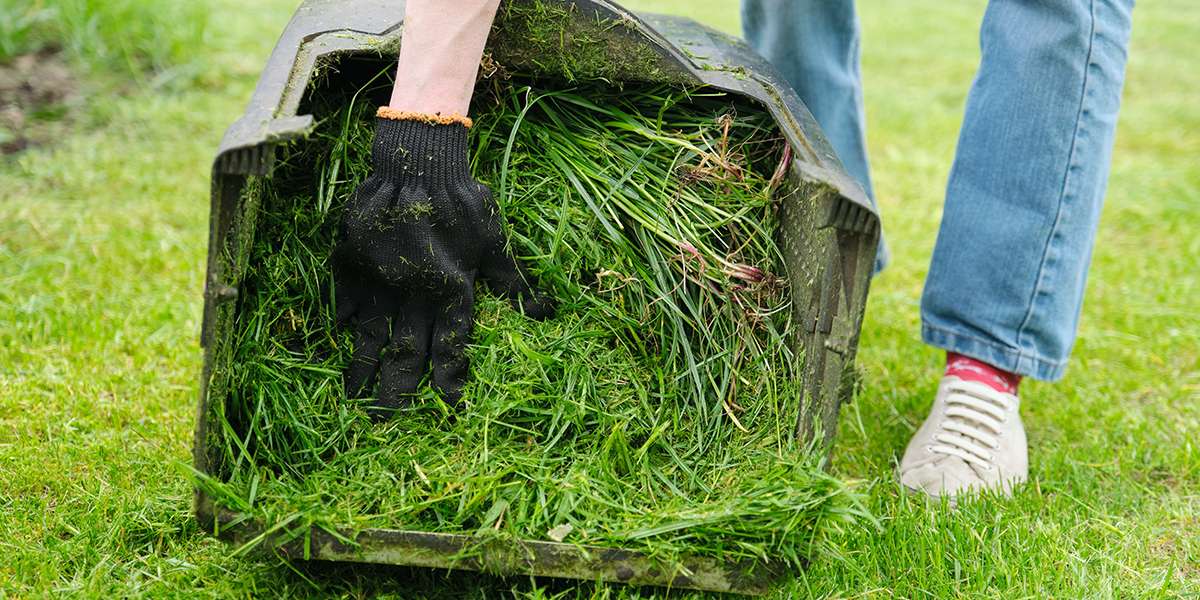
Dos: Using Grass Clippings as a Thin Layer of Mulch
Apply grass clippings as a thin layer of mulch around the base of the tree. A layer thickness of approximately two to three inches is ideal for sufficient coverage without promoting excessive moisture retention or blocking necessary airflow. This thin layer provides optimal benefits without overwhelming the tree or contributing to potential issues.
Don’ts: Applying Grass Clippings Too Thickly
Avoid the temptation to apply grass clippings too thickly. A thick layer of clippings can impede airflow, create excessive moisture retention, and promote fungal growth. Additionally, excessive thickness may attract pests or hinder other vegetation from growing, resulting in bare spots. Stick to a thin and evenly spread layer for the best results.
Don’ts: Placing Grass Clippings Directly Against the Trunk
Never place grass clippings directly against the trunk of the tree. This can create a moist environment that encourages the growth of fungi and can potentially damage the tree. Remember to leave a gap between the clippings and the trunk to facilitate air circulation and prevent any negative consequences.
Maintenance and Adjustment
Maintaining and adjusting grass clippings used as mulch is essential to ensure optimal benefits and the continued health of your trees. Here are some key areas to focus on for proper maintenance:
Regularly Checking and Adjusting Grass Clippings
Periodically inspect the grass clippings layer to monitor its thickness and overall condition. Over time, the clippings will decompose and may require adjustments to maintain an appropriate thickness. Regularly checking and adjusting the clippings will help ensure they continue to provide the desired benefits and avoid any potential issues related to excessive thickness or degradation.
Maintaining Appropriate Thickness
Maintain an appropriate thickness of grass clippings throughout the mulching period. As the clippings decompose, they will naturally decrease in thickness. It is important to replenish the mulch periodically by adding fresh grass clippings or adjusting the existing layer to maintain the desired thickness. This ensures a consistent supply of nutrients and moisture for the trees.
Preventing Excessive Moisture Retention
While retaining moisture is beneficial, excessive moisture can be detrimental to tree health. Monitor the moisture levels within the mulched area to ensure there is no excessive water retention. Adequate drainage is crucial to prevent root rot and the development of fungal diseases. Adjust the thickness of the grass clippings layer or consider adding drainage measures if excessive moisture becomes an issue.
Replacing Degraded Grass Clippings
As grass clippings break down, they will gradually degrade and lose their effectiveness as mulch. When the clippings appear significantly degraded or no longer provide adequate coverage, it is time to replace them with fresh grass clippings. Regularly replacing degraded clippings ensures that your trees receive the desired benefits and maintain optimal health.
Maximizing the Benefits
To maximize the benefits of mulching with grass clippings, consider the following strategies:
Choosing Quality Grass Clippings Without Pesticides or Herbicides
Ensure that the grass clippings used as mulch come from a source free of pesticides or herbicides. Clippings from lawns and gardens with organic practices are ideal. Avoid using clippings from lawns treated with chemicals, as this can introduce harmful substances into the mulched area and potentially harm your trees.
Using Grass Clippings in Conjunction with Other Organic Mulches
Consider using grass clippings in combination with other organic mulches to enhance the benefits. Mixing grass clippings with materials such as wood chips, straw, or shredded leaves can provide a diverse range of nutrients and enhance soil structure. This combination allows for better moisture retention, improved aeration, and increased fertility, leading to optimal tree growth.
Considering Compatibility with Tree Species and Growing Conditions
Take into account the compatibility of grass clippings as mulch with the specific tree species and growing conditions in your area. Different tree species have varying preferences, and some may benefit more from specific mulching materials. Research the mulching preferences of your trees and ensure that grass clippings align with their needs and growing environment.
Monitoring Tree Response to Determine Optimal Mulching Frequency
Observe how your trees respond to mulching with grass clippings and use it as a guide to determine the optimal mulching frequency. Pay attention to any changes in growth, foliage appearance, or overall health. If you notice positive effects, such as improved growth or vibrant foliage, continue mulching at the same frequency. If there are no significant improvements, consider adjusting the mulching frequency or experimenting with other mulching materials.
Alternatives to Grass Clippings
While grass clippings are a popular and readily available mulching material, there are various alternatives to consider. These alternatives provide their own set of benefits and may suit your specific needs and preferences. Explore the following options:
Exploring Other Natural Mulch Alternatives
Other natural mulch alternatives include wood chips, straw, shredded leaves, bark, and compost. Each of these materials offers unique benefits, such as increased water retention, improved soil structure, or added nutrients. Experiment with different natural mulches to find the one that best suits your needs and provides optimal results for your trees.
Examining the Pros and Cons of Organic and Inorganic Mulching Materials
Consider both organic and inorganic mulching materials and weigh their pros and cons. Organic materials, including grass clippings, provide natural nutrients, improve soil fertility, and enhance soil structure. Inorganic materials, such as stone or rubber mulch, offer long-lasting coverage and may inhibit weed growth more effectively. Assess your priorities and preferences to make an informed decision regarding the type of mulching material to use.
Considering Availability, Cost, and Environmental Impact
When choosing mulching alternatives, take into account factors such as availability, cost, and environmental impact. Some mulch options may be more readily available or cost-effective in your area. Consider the sustainability and environmental impact of the materials you choose, opting for those that align with eco-friendly practices and minimize potential harm to the environment.
Conclusion
Mulching with grass clippings can be a highly effective way to nurture your trees and promote their overall health and growth. By following proper application techniques and implementing precautions, you can maximize the benefits of using grass clippings as mulch. Regular maintenance and adjustments are crucial to ensuring optimal results and preventing any potential risks. Take advantage of the role grass clippings play in tree growth while managing pest risks and considering alternative mulching options. With proper care and attention, mulching with grass clippings can provide a sustainable and beneficial solution for your trees’ well-being.

